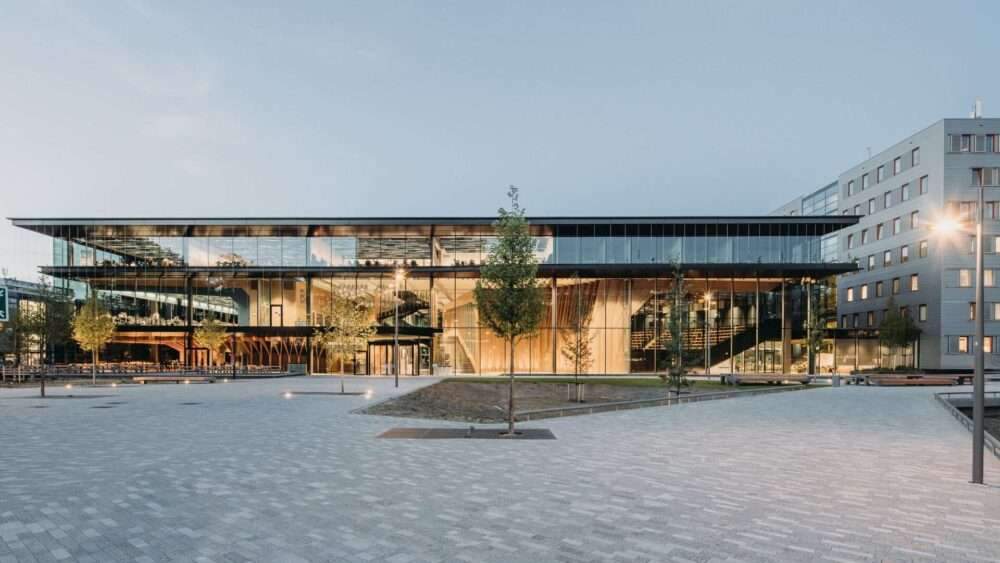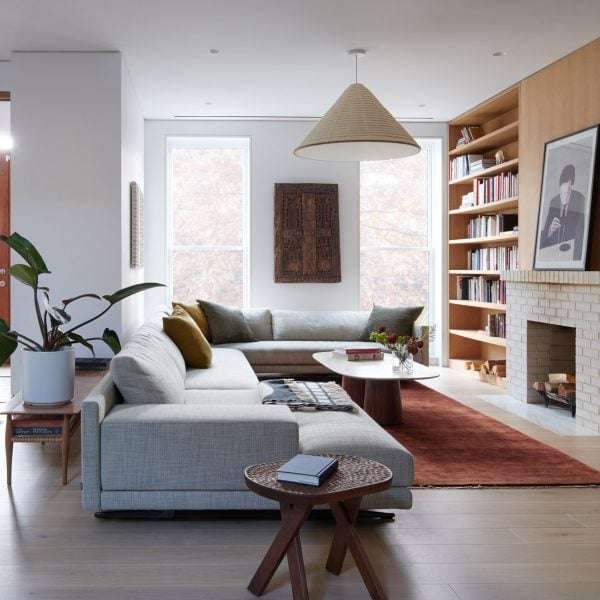Exploring the Aesthetics of Minimalism in Modern Architecture
Introduction
Minimalism in architecture emphasizes simplicity, functionality, and the beauty of essential forms. Originating in the mid-20th century, this design philosophy strips away unnecessary elements to focus on what truly matters in a structure. As modern society seeks clarity and peace amid the chaos of urban life, minimalism has gained significant traction, shaping the architectural landscape in innovative ways.
The Principles of Minimalism
At the heart of minimalist architecture are several key principles that guide design decisions. These include:
- Simplicity: Minimalism celebrates uncomplicated forms and lines. Buildings often feature open spaces, clean lines, and unobtrusive details that foster a sense of calm and tranquility.
- Functionality: Every element in a minimalist structure serves a purpose. The design prioritizes functionality over ornamental features, ensuring that each space is usable and efficient.
- Natural Light: Emphasizing the importance of natural light, minimalist designs often include large windows and open layouts that allow sunlight to permeate interior spaces, creating warmth and enhancing the overall atmosphere.
- Materiality: Minimalist architecture typically employs a limited palette of materials. Common choices include concrete, glass, wood, and metal, each selected for its texture, durability, and visual appeal.
The Aesthetic Appeal of Minimalism
The aesthetic appeal of minimalist architecture lies in its ability to create spaces that feel both expansive and intimate. By reducing visual clutter, minimalist designs allow occupants to appreciate the beauty of space itself. This is evident in famous minimalist buildings, such as Tadao Ando’s Church of the Light in Japan, where simple forms and materials create profound spiritual experiences.
Additionally, minimalism encourages a connection between the built environment and nature. Designs often incorporate outdoor elements, blurring the boundaries between indoor and outdoor spaces. This harmonious integration fosters a sense of serenity and encourages occupants to engage with their surroundings.
Challenges and Criticisms
While minimalist architecture has many advocates, it also faces criticism. Detractors argue that minimalism can lead to sterile, unwelcoming environments that lack personality. They claim that the pursuit of simplicity sometimes results in a loss of cultural and contextual relevance, leading to homogenous designs that fail to resonate with local communities.
Furthermore, the emphasis on minimalism can challenge the balance between functionality and aesthetics. Designers must carefully navigate these tensions to create spaces that are not only visually appealing but also practical for everyday use.
Conclusion
Exploring the aesthetics of minimalism in modern architecture reveals a design philosophy that prioritizes simplicity, functionality, and a deep connection to the environment. As architects continue to innovate within this framework, minimalist design remains a powerful tool for creating harmonious spaces that resonate with the human experience. In a world that often feels overwhelming, minimalist architecture offers a refuge, reminding us of the beauty found in the essentials.
Finally, find out more on ArchUp:







